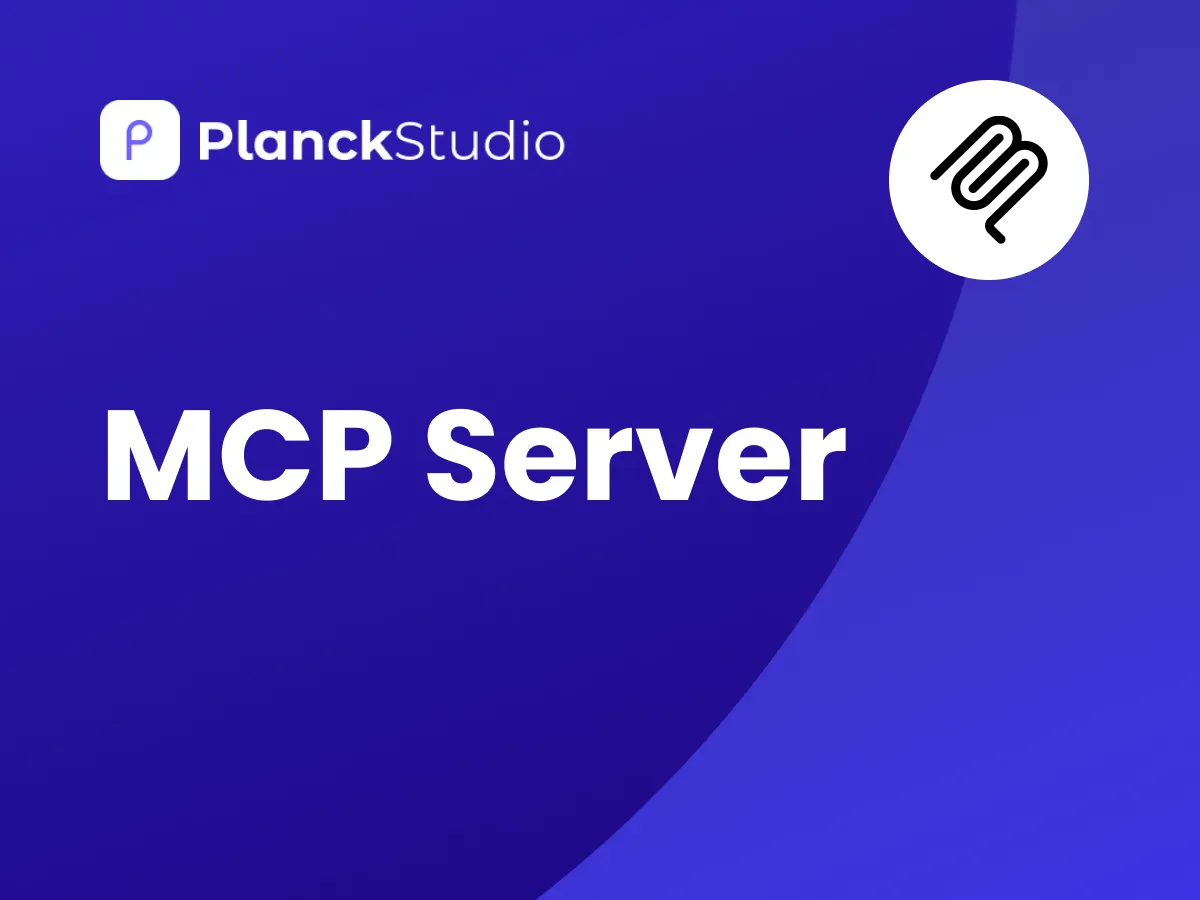If you’ve ever watched a viral video or been part of a major product launch, you know what a sudden rush of traffic feels like it’s exhilarating, but also terrifying from a technical standpoint. In the world of modern applications, especially those using sophisticated systems like Model Context Protocol (MCP) servers for AI agents or multi-tenant services, the challenge isn’t just handling a lot of requests; it’s handling millions of requests simultaneously while keeping every user’s experience perfectly smooth and their “context” intact.
This isn’t just a coding problem; it’s an architectural challenge. We need to talk about throughput, distributed deployments, and the clever performance tricks that make it all work. This is the difference between an application that breaks at scale and one that just keeps growing, seamlessly.
The Core Challenge: Managing “Context” at Scale
When we talk about an MCP server or really any server that manages complex user interactions, like an AI agent’s long conversation history or a user’s multi-step checkout process the critical piece is the context.
Context is all the information needed to process a single request correctly. For an AI, it’s the history of the conversation and the specific tools it can access. For an e-commerce site, it’s the contents of your shopping cart and your preferred shipping address.
The challenge is twofold:
- Context Consistency: You have to make sure that as a user’s request is bounced around between different servers (which it will be!), the context doesn’t get lost, mixed up, or become outdated. It has to be the same, accurate information every single time.
- Context Overhead: Storing, fetching, and updating this context for millions of active users takes a massive amount of system resources memory, CPU cycles, and network bandwidth. If you don’t manage this efficiently, the system grinds to a halt.
To solve this, we move from a single, giant server (which is called vertical scaling) to a collection of smaller, coordinated servers (horizontal scaling).
Strategy 1: The Power of Distributed Deployments
Handling millions of requests is impossible with just one machine, no matter how powerful. The key is to distribute the workload across hundreds or thousands of machines, which is known as a distributed deployment.
Horizontal Scaling: Scaling Out, Not Up
This is the foundational principle. Instead of buying a super-expensive server with more RAM (scaling up), you just add more, cheaper servers to the network (scaling out).
- The Benefit: If one server fails, the others pick up the slack, which is called fault tolerance. More importantly, you can add capacity on demand. If a marketing campaign goes viral, your system can automatically spin up new servers to handle the load and then shut them down when the traffic subsides. This is often managed by tools like Kubernetes or auto-scaling groups in the cloud.
Load Balancing: The Smart Traffic Cop
With hundreds of servers, you need a smart way to direct the incoming requests. That’s the job of the load balancer. It sits in front of your server farm and acts like a highly organized traffic cop.
- Round Robin: This is the simplest method send the next request to the next server in the list, repeating the cycle. It’s great for an even distribution.
- Least Connections: A much smarter approach. The load balancer checks how many active connections each server has and sends the new request to the one that is currently least busy. This prevents one server from getting overwhelmed while others sit idle.
- Context-Aware Routing (Sticky Sessions): In multi-context processing, you might want to send a user’s subsequent requests back to the same server that handled their first request, especially if that server is locally caching their context. This is known as a “sticky session” and significantly reduces the need to fetch context from a centralized store for every single step.
Strategy 2: Focusing on Throughput and Speed
Throughput is simply the amount of work your system can complete in a given time requests per second. To handle millions of requests, you have to maximize throughput, which means eliminating any kind of unnecessary waiting.
Stateless vs. Stateful Architecture
This is a huge design decision. A stateful server remembers the user’s context locally. A stateless server treats every request as brand new; it doesn’t remember anything about the previous one.
- The Best Practice for Scale: Make your core application servers stateless. This means any server can handle any request. The user’s context (their “state”) is moved to a separate, highly optimized, and shared system like a distributed cache or a dedicated session store. This allows you to scale your application servers independently of your context data store.
Asynchronous Processing and Queuing
Imagine a busy coffee shop. If the barista has to make one latte start-to-finish before taking the next order, the line will be huge (that’s synchronous processing). If they take all the orders first, put them on a digital queue, and start making them in parallel, the line moves faster (that’s asynchronous processing).
- Message Queues (Kafka, RabbitMQ, SQS): For any task that doesn’t need an immediate, real-time response like sending a confirmation email, processing a large report, or updating a database record you don’t block the user. Instead, you drop the task into a message queue. A dedicated worker service picks up the task later and processes it in the background. This frees up your main servers to instantly handle the next incoming user request, dramatically increasing throughput.
Strategy 3: Performance Optimization Under the Hood
Even with the best scaling plan, the code itself has to be lean and mean. Optimization is about shaving off milliseconds wherever possible.
The Caching Strategy: The Memory Shortcut
Caching is the single most effective way to improve performance and reduce the load on your core systems. It’s about storing frequently requested data in a fast, temporary memory layer so you don’t have to hit a slow database or re-run a complex calculation every time.
- Distributed Caching (Redis, Memcached): This is where you store your critical context data session IDs, temporary calculations, and frequently accessed configuration in an in-memory database that is shared across all your application servers. Fetching data from a memory cache is lightning-fast, compared to disk-based databases.
- Edge Caching (CDN): For static assets like images, CSS, and JavaScript, you use a Content Delivery Network (CDN). The CDN pushes copies of your files to servers all over the world (the “edge”). When a user requests a file, they get it from the geographically closest server, which reduces load on your main servers and drastically lowers the latency for the user.
Database Optimization: Partitioning and Replication
The database is often the final bottleneck. If millions of requests are trying to read and write to a single database, performance will suffer.
- Read Replicas: If your application does a lot more reading than writing (which is typical), you can create read replicas exact copies of your main database. Your application writes to the main (primary) database, but all the read requests are distributed across the many replicas. This dramatically offloads the primary server.
- Sharding (Partitioning): This involves splitting a very large database horizontally into smaller, more manageable pieces, or “shards.” For example, all users whose last name starts with A-M go to one database server, and N-Z go to another. This distributes the load and makes queries much faster because the search is only happening on a smaller chunk of data.
The Final Blueprint for Seamless Scaling
Handling millions of requests seamlessly in a multi-context server comes down to a few fundamental architectural truths:
- Embrace Horizontal Scaling: Add more small, cheap servers instead of one giant one. Use auto-scaling to match capacity to demand.
- Decouple State: Make your application servers stateless and push the context (the “state”) into a fast, shared, distributed cache.
- Ruthless Caching: Cache everything that isn’t absolutely real-time. Use a CDN for static content and an in-memory database for active session context.
- Go Asynchronous: Use message queues for any process that can be deferred, freeing up your main threads to serve new user requests immediately.
- Be Observant: Implement monitoring tools (like Prometheus or Datadog) to watch latency, error rates, and CPU usage in real-time. You can’t fix what you can’t see, and at this scale, a problem can go from a trickle to a flood in seconds.
By combining these strategies, you create a robust, resilient, and most importantly, elastic architecture. It allows your system to breathe, automatically expanding and contracting with traffic, ensuring that whether you have ten users or ten million, the performance remains consistently fast. It transforms a fragile prototype into a scalable, enterprise-grade service that can handle the unpredictable chaos of real-world internet traffic without breaking a sweat.





